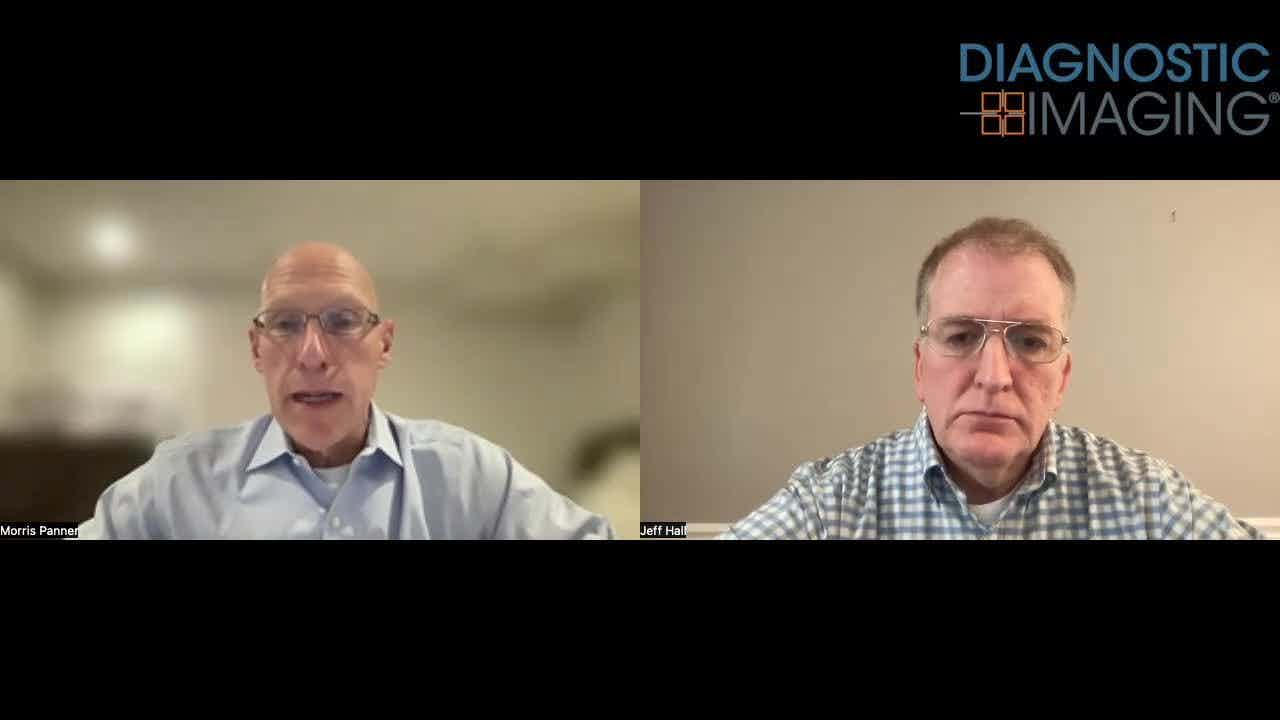Why Trainees Aren’t Interested in Radiology
A look at why radiology has lost its appeal.
This is part two of a series about this year’s Match. Read part one here.
While I was going through the process of deciding on a specialty, researching programs, and going through the interview process this year, I met many competitive candidates. Some had done an impressive amount of research in the field; quite a few attended national radiological meetings as medical students; others had previous job experience related to radiology. Everyone had very positive reasons for why they chose the field, and was excited about radiology. As a group of incoming trainees, I felt like we were willing to work hard and tackle upcoming issues because we believed in the field.
After meeting so many bright colleagues, I was surprised by the Match results, which indicated a greater lack of interest in radiology this year than previous years. This prompted me to do some more investigating about possible forces behind this phenomenon.
The field of radiology is changing; change usually means uncertainty, and people don’t like uncertainty, especially when they are about to make a life-changing decision about which field to go into. Specifically, reasons for the decrease in applicants to radiology residency include: current job market stagnancy, future job security, and the specialty’s projected future. Students doing their research during the application process are well aware of new grads’ job finding difficulties, and this remains a deterrent, despite the cyclical nature of the job market.
A study looking at the help-wanted index (HWI) to measure demand for specialists determined that market demand dropped 2 to 3 years after an economic downturn. During the recession from 2007 to 2009, we saw the subprime mortgage crisis leading to the collapse of the U.S. housing bubble, which contributed to a global financial crisis as food and oil prices soared. In the U.S., persistent unemployment remained high as of December 2012, along with low consumer confidence, a decline in home values, and an increase in federal debt and inflation rates. The overall welfare of the market has made a significant impact on the health care niche. However, what has made radiology relatively less attractive to applicants compared to other specialty fields?
The issue is more than the current status of the job market; it is also the projected pay cut in the future. Health care reform has decreased reimbursement for studies; and, in fact, imaging reimbursement has been cut 12 times since 2006, as pointed out by American College of Radiology Chair Paul H. Ellenbogen in his 2013 letter to congressional leaders.[[{"type":"media","view_mode":"media_crop","fid":"37783","attributes":{"alt":"","class":"media-image media-image-right","id":"media_crop_1177697523671","media_crop_h":"0","media_crop_image_style":"-1","media_crop_instance":"3744","media_crop_rotate":"0","media_crop_scale_h":"0","media_crop_scale_w":"0","media_crop_w":"0","media_crop_x":"0","media_crop_y":"0","style":"height: 164px; width: 200px; border-width: 0px; border-style: solid; margin: 1px; float: right;","title":"©Sam72/Shutterstock.com","typeof":"foaf:Image"}}]]
During a period of growing utilization, radiologists’ compensation grew from $272,000 to $426,000 between 1998 and 2005, outgrowing all other medical specialties. However, a 1997 Congressional cap on Medicare-supported residencies limited the supply of radiologists, and by 2001, nighttime demand exceeded the capacity of smaller hospitals. Nighthawk radiology services came onboard and created a niche for teleradiology, a booming business that outsourced to Indian as well as American radiologists working overseas or from home.
The bargaining power of hospitals was strengthened by the advent of teleradiology, while radiology groups lost exclusivity and were required to relinquish the right to read all studies in many hospitals. By 2007, demand for imaging studies had slowed. Meanwhile, the use of new digital systems and electronic medical records increased the productivity of individual radiologists by nearly 20% . These factors contributed to job finding difficulties; fellowship-trained graduates could no longer achieve the “big three”: desired work, location, and pay.
Complicating the future of radiology are infrastructure and bureaucratic changes. The recent shift of care delivery from inpatient to outpatient centers, and other factors such as prior authorization and increased cost sharing have affected the supply of work and demand for radiologists in a drastic way. The traditional franchise model has eroded, leaving the field in a state of uncertainty. As we move in the next era of imaging, the relationship between hospitals and radiologists will continue to evolve, as well as the business aspects of radiology. It will be important for trainees entering the field to be aware of these challenges, and moreover, to get involved with organized medicine for the sake of voicing the interests of radiologists and the future of the specialty.
New Collaboration Offers Promise of Automating Prior Authorizations in Radiology with AI
March 26th 2025In addition to a variety of tools to promote radiology workflow efficiencies, the integration of the Gravity AI tools into the PowerServer RIS platform may reduce time-consuming prior authorizations to minutes for completion.
The Reading Room: Artificial Intelligence: What RSNA 2020 Offered, and What 2021 Could Bring
December 5th 2020Nina Kottler, M.D., chief medical officer of AI at Radiology Partners, discusses, during RSNA 2020, what new developments the annual meeting provided about these technologies, sessions to access, and what to expect in the coming year.










